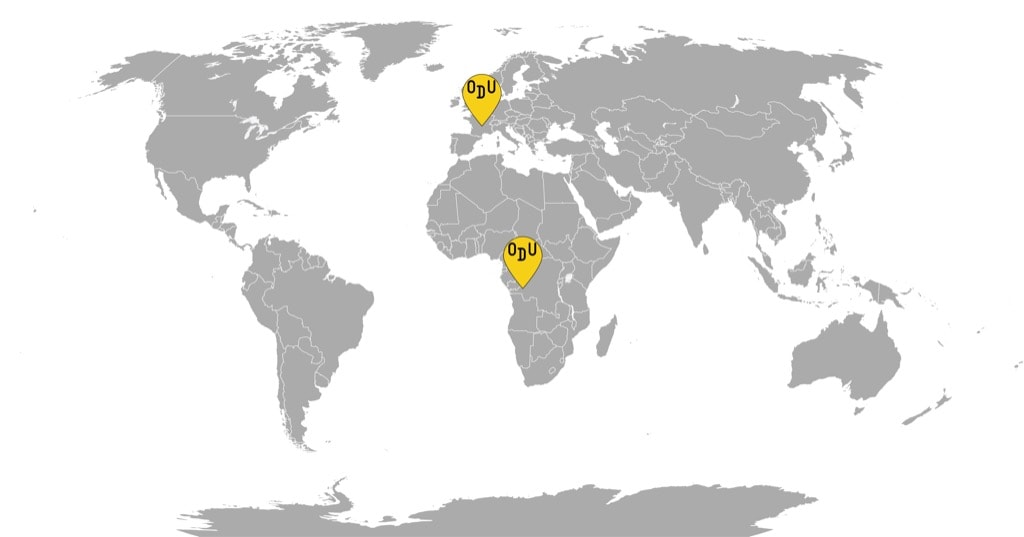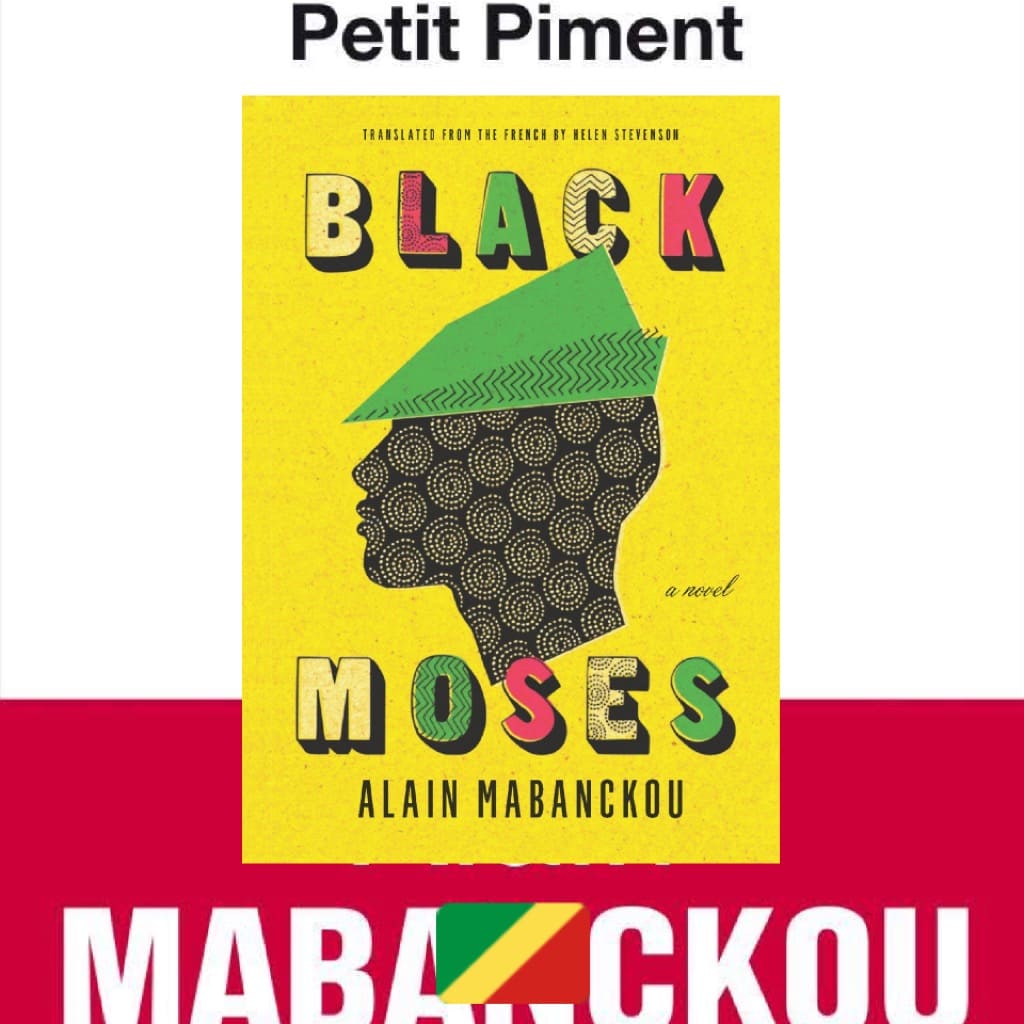The best art grows out of trash and danger: incendiary documentary profiles the courageous young artists making fierce political statements in the streets of Kinshasa



WHAT IT’S ABOUT: “System K” is a showcase and exploration of Kinshasa’s gritty street art scene, where a ragtag team of young artists is transforming the landscape of the slums into a vibrant canvas. Because the more traditional art materials are expensive and hard to get, they rely on found objects, which are then arranged through inventive techniques into sculptures, paintings, instruments, costumes. Some become part of performances conducted amidst the crowds, with many of the practices a danger to the artists’ wellbeing and freedom. From a much-hyped collective of instrument inventors playing hybrid music and a sculptor who has managed to achieve international fame to a molten-plastic artist who sleeps rough behind the local Arts Academy and costumed performers who lurk through the neighborhood delivering scathing acts against the politics of the Congolese government—the creators profiled in “System K” are at the cutting edge of the world’s art scene, and it’s time you got to know them.
WHO MADE IT: Renaud Barret, who single handedly wrote, directed and filmed “System K” is a French filmmaker, who has been a committed raconteur of the Congolese arts and realities for over the past decade, with a particular emphasis on urban Kinshasa, where he’s been based since 2003. His previous films shed light on Kinshasa’s street musicians, amateur boxers, and offered an intimate look into the life of the Pygmy community. It was only a matter of time before he encountered the artists of “System K” during his forays into Kinshasa’s underbelly.
Freddy Tsimba is the godfather of DR Congo’s art scene: his mind blowing sculptures made of found objects, often of military provenance, have recently scored him solo exhibitions in Paris and London. Kokoko! are an art collective specializing in music and sonic performances, where their upcycled handmade instruments are combined with sleek electronic sound and shamanic dancers: in addition to appearing in the film, Kokoko! also created its musical score. Béni Baras, who is half-Belgian, doesn’t have the documents to prove it and get papers: homeless and struggling with his liminal identity, he finds permanence in creating striking artworks made from found objects and melted plastics. Kongo Astronaute is a performance artist who appears on the streets of Kinshasa wearing handmade upcycled space suits to symbolize that without the industrial colonization of the West, DRC could easily be sending its own men to the moon. Flory & Junior are also bringing art to the streets using their bodies to bring attention to the the shortages of electricity and drinking water, which remain Kinshasa’s biggest plights. Géraldine Tobe is the only woman in the group: accused of witchcraft as a child, she has repurposed elements from the religious cleansings she had to go through, and now creates large-scale mixed media artworks with smoke. Yas Ilunga is also working with his experience as a “child witch”, but his medium is performance art that directly imitates the rituals used by the Evangelicals. Majestikos’s work is centered around the massacres and wars in the east of DRC, and the way he brings the proximity of brutality to the gawker’s awareness is also akin to religious sacraments. Kill Bill, meanwhile, embodies destruction, by crashing objects of contemporary reverence, such as TVs and computers, with a sledgehammer, like some demented media demon. Strombo Kayumba is a real demon: he prowls Kinshasa dressed in oversized horns and effectively shows that the fleshed-out devil with all the trimmings is not as scary as the one who sits in a government seat.
WHY DO WE CARE: Part of the reason Supamodu was founded is that the Western art world is so bogged down by institutional politics, corporate sponsorship, and factional conjuncture that finding truly potent art in many mainstream galleries is often near impossible. “System K” is an antidote to this malaise, as well as a rare look into the art practice of people who have to create against all the odds. Only a few of the artists in the film have been formally educated, and Freddy Tsimba is the sole artist of the bunch, who, by his own admission, has reached a level where he can make a living off of his art. Yet he, too, remains in his studio in the middle of the down-and-out residential neighborhood, because he can’t allow for a disconnect between his creative process and the surroundings. We also see him continually appearing at the performances of the other artists, filming or assisting, like a proud dad. The rest of the artists, too, participate in each other’s projects, and the sense of kinship reminds of the much-lauded art movements in the West. No one would have wanted to miss out on dadaism back in the day, so paying attention to “System K” is a must for all serious art lovers. Africa is definitely the space where the future will be spanning out, with its massive youth population. And DRC has all the makings of becoming its next big cultural hub, as the flux of politics, warfare, and sickness further ripen its ground for creative defiance, much like the black death helped prep for the Renaissance.
WHY YOU NEED TO WATCH: A raw, exciting vision of talent thriving amidst persecution and scarcity, “System K” is a rare opportunity to experience Congolese art within its natural habitat on the dirt roads of Kinshasa’s poorer neighborhoods. Each of the artists in the film creates in response to the stimuli within the society, which allows the viewer to witness how systemic oppression can be reclaimed as a creative tool of sorts. The performance artists particularly keep being harassed by the police, their happenings disrupted, and the physical props shattered, and even Tsimba has to lay low for a while when the authorities get peeved with one of the art projects. But the external danger is not the only threat: Géraldine Tobe, for one, wonders if she will one day be sick from inhaling fumes all day, while some performance pieces on the screen look like an apparent health hazard. One of the most striking scenes is perhaps when we observe Majestikos splashing around in a vat of blood in his quest to shed light on the dehumanization of suffering that plagues DRC. His performance, visceral, clearly very taxing physically, and full of somber humor, coincides with the artist’s own commentary, where he divulges his practical consideration about the nature of his creative endeavor. Unlike physical objects that Tsimba and Tobe create, his art is transient, ephemeral, tied to time and place, a liability that only deepens in the highly connected world. And this both deepens the conversation about the unique nature of underground art movements and testifies to the importance of Barret’s film. The world is chockfull of Western expats trembling with fascination at their “exotic” new locales. But few of them have the passion, patience, and providence to zero in on something as remarkable as Kinshasa’s urban art scene. “System K” is a sensational, wildly original film that generously invites the viewer to marvel in the world’s best kept creative secret: a bunch of misfits living dangerously to make sure that their art can touch the hearts of ordinary people around them.
System K (Systéme K), 2019
Director: Renaud Barret
For more content like this sign up for our weekly newsletter
WATCH THE TRAILER















